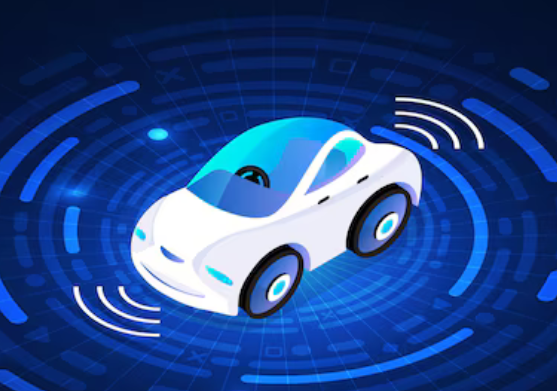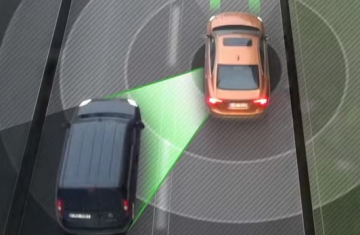The era of multimodal interactions
Multimodal interaction in large language models (LLMs) refers to the ability of these models to understand “input prompts” and generate content as “output completions” in multiple modalities, typically combining text with other forms of data, such as images, audio, or even video. It’s the capacity to process and generate information using different sensory channels.
We already know that LLMs such as GPT-4 perform well with text input and outputs. Renowned LLMs such as GPT-4 have already demonstrated exceptional proficiency with textual inputs and outputs. The recent surge in advanced image generation models, including DALL-E 3 and Midjourney, further illustrates this progress. The next significant leap in generative AI applications is anticipated to incorporate groundbreaking capabilities, extending to text-to-video and image-to-video conversions, thus broadening the horizons of AI’s creative and functional potential.
Let’s consider the benefits and use cases of multimodal LLMs:
- Cost-effective production: Producing videos traditionally can be expensive and time-consuming. LMMs with text-to-video technology can offer a more cost-effective alternative, particularly for small businesses or individuals.
- Enhanced understanding and interaction: By incorporating multiple modalities, these models better understand and interpret the context and nuances of real-world scenarios. This leads to more accurate and contextually relevant responses, particularly in complex interactions.
- Richer content generation/creative storytelling: Multimodal LLMs can create more comprehensive and detailed content. For instance, they can generate descriptive narratives for images or videos, or even create visual content from textual descriptions.
- Improved accessibility: They can be instrumental in making technology more accessible. For example, converting text into speech or vice versa can help individuals with visual or auditory impairments.
- Better data analysis: Multimodal LLMs can analyze data from various sources simultaneously, offering more nuanced insights. This is particularly useful in fields such as market research, media analysis, and scientific research, where data comes in various formats.
- Advanced learning and training tools: In educational contexts, these models can provide a more interactive and engaging learning experience by incorporating various media types, making learning more dynamic and effective.
- Innovative applications in creative industries: In creative fields such as art, music, and film, multimodal LLMs can assist in the creative process by offering new ways to generate and modify content.
- Enhanced customer experience: In customer service, they can interact in a more human-like manner, understanding queries better and providing more relevant information, sometimes even using visual aids.
- Language and cultural adaptation: This technology can include features such as subtitles or dubbing in different languages, making content accessible to a wider, multilingual audience.
- Personalization: They can tailor experiences and content to individual users by understanding and integrating cues from various data types, leading to more personalized interactions.
- Support for content creators: For bloggers, educators, or marketers, this technology provides a simple way to diversify content formats, enhancing their digital presence and engagement.




